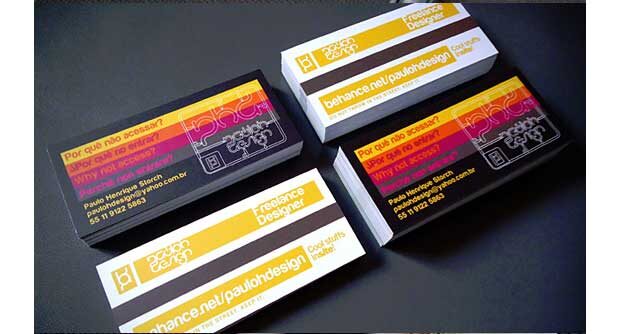Color is one of the most powerful tools in the arsenal of a template designer. Color can be used to express personality, frame, highlight and differentiate different sections of a web page. Selecting optimum colors is one of the most difficult tasks while creating website templates.

It is important to select the perfect chromatic palette for effectively communicating the message and establishing the brand identity. The color scheme used in a web template can entice a visitor or drive out interested traffic in extreme cases. As such, it is imperative for template designers to know about colors for effectively using them while designing website templates.
1. Primary secondary and tertiary colors
Colors are conventionally shown on a color wheel. Colors on a color wheel can be sub-divided into three main groups primary, secondary and tertiary. Red, blue and yellow are primary colors. These are base colors that make up other colors on the wheel. By mixing primary colors we can get the secondary colors. Orange, purple and green are secondary colors. Tertiary colors are created by mixing secondary and primary colors. Blue-green and yellow-green are tertiary colors. A designer should explore and learn the right hues while designing website templates.
2. Complementary and Analogous colors
Colors that contrast each other well are called complementary colors. They are located opposite of each other on a color wheel. Some examples of complementary colors are green and red, orange and blue, yellow and purple. Analogous colors are the colors located right next to each other on the color wheel. As such, they are helpful in creating different hues but not suitable for creating contrast. Complementary colors are commonly used by template designers while crafting website templates.
3. Colors and emotion
Colors are also associated with emotions. Warm colors like orange, red and yellow evoke joy, intimacy and exuberance. Cool colors like blue and purple helps in creating a relaxed look. Neutral colors like brown and Grey are believed to be void of generating any significant emotion. While designing website templates designers use RGB (red green blue) color system. This system is used on computer monitors and televisions.
Warm colors are suitable for website templates that want to convey a message of joy and happiness. Cool colors are mostly used on professional and corporate sites. Cool shades signify trust, authority and establishment. Most official sites prefer using shades of blue.
4. Go for natural color palette
Natural colors and their shades are more effective than artificial colors. Combining natural colors is very useful for getting emotional response from prospective buyers of website templates. It is desirable to avoid use of too bright and unconventional colors like dark green, dark blue and dark red. These colors may cause eye fatigue and discourage the users to stay.
5. Going green
Green is the most frequently occurring shade in nature. In recent years the color has become synonymous with everything that is eco-friendly. Popular in modern decorating, use of this color in website templates is on a rise. Shades of green are easier to eyes. Like its spectral neighbor – blue, green is also used to assure and comfort. Many hospitals and critical care units prefer using green. The color is also associated with wealth and it is good for website templates designed for financial institutions or brokerages.
6. In the blue
Arguably the most favorite color of website templates designed for corporate, official and professional sites. This peaceful and relaxing shade signifies expertise and stability. It is the opposite of red and can be used for templates that are designed to reduce stress. Blue is a smart and safe color for template designers because it attracts clients from a wide spectrum.
7. Bits of red
Red can be a great shade when used in small doses. It can ignite passion, draw attention and create a sense of urgency. It is often used in website templates to point out errors or problems.
8. Black and white
Black is related to power, sophistication and elegance. It is also used for creating depth of a design. Website templates using black and white as the traditional combination are still in huge demand. White alone symbolizes innocence, cleanliness and purity. Using white space in website templates is crucial for creating a smart and clean look.
9. Use a color scheme
A consistent color scheme helps in creating visually appealing website templates. Using too many colors or erratic colors creates irritating experience. On the other hand, too little color may give the template a blank look. If you use too little color then you may need to use other means for drawing attention or differentiating.
Interaction of users with websites and their response to different colors is a fairly new area of study. However, website templates designers are increasingly exploring this field by using different color combinations. These color combinations have shown to evoke emotional, mental and psychological responses at desired level. When used strategically on website templates colors can serve several functions.
About the author
The above article has been written by RP, who is associated with many online blogs and sites as their freelance writer. She is currently involved with various number of projects based on template and web designing including a project of Template Kingdom.